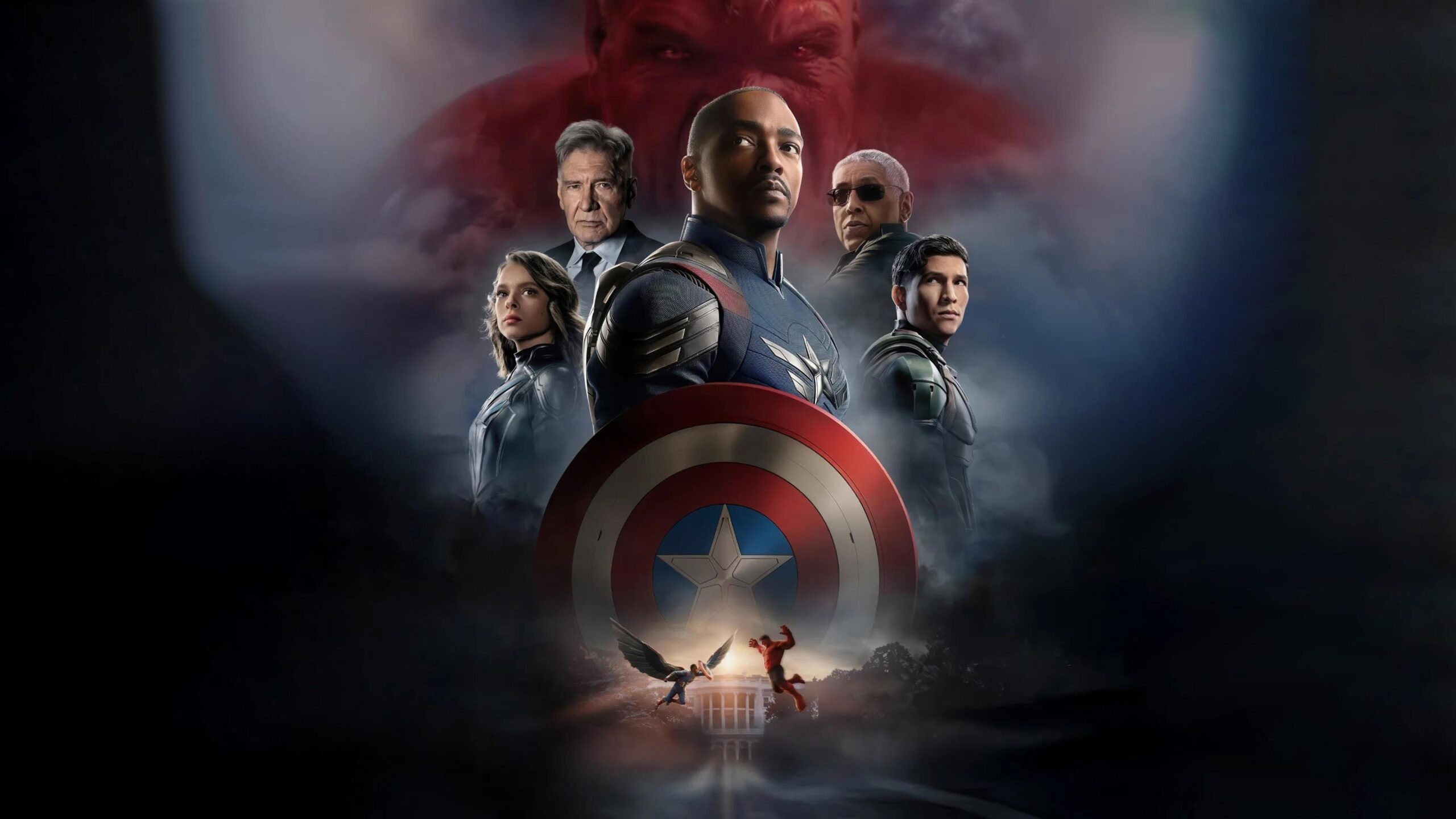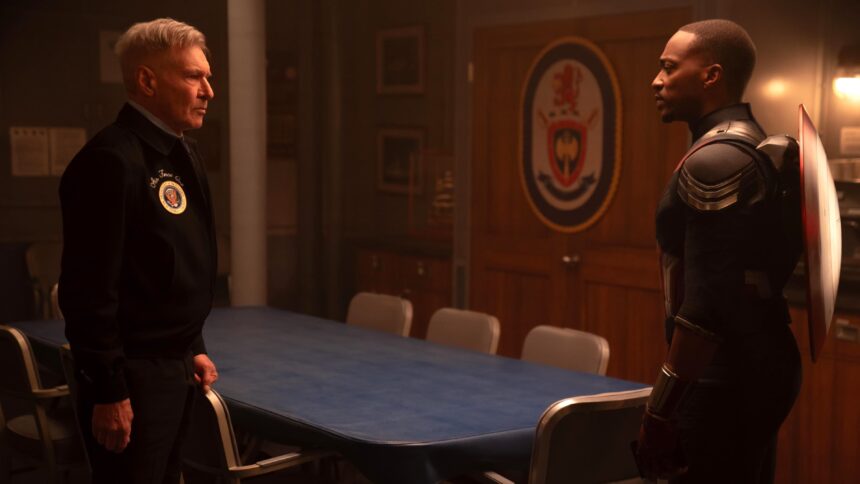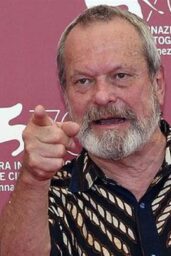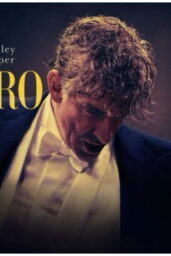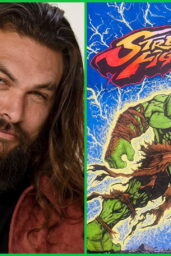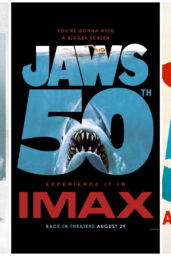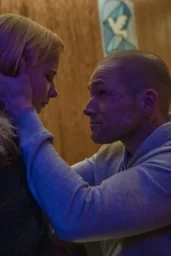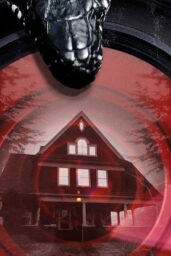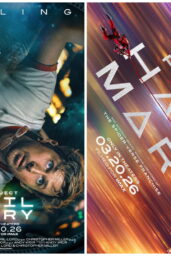When CGI Meets Nostalgia
Let's cut to the chase: Any Marvel movie with Harrison Ford playing a gamma-irradiated president-turned-monster should be a slam dunk. But Captain America: Brave New World's most jarring moment isn't Ford's fiery transformation into the Red Hulk. It's a far quieter, eerily human detail: Ford's face digitally grafted onto William Hurt's mustachioed Thunderbolt Ross in flashbacks. This isn't just a visual trick—it's a philosophical tightrope walk between honoring the past and rewriting it.

The Uncanny Valley of Legacy Characters
William Hurt's Ross was a snarling, bureaucratic thorn in the Hulk's side—a role he inhabited with acidic charm until his death in 2022. Enter Ford, an icon playing an icon, stepping into shoes still warm with another actor's presence. Recasting happens, but Brave New World does something braver (or bolder, depending on your view): It uses de-aging tech and digital tweaks to slot Ford's Ross into archival moments originally filmed with Hurt. The result? A mustachioed Ford in 2008-era military garb, staring back at us from newsreels in The Incredible Hulk.
Why does this unsettle audiences?
- The Ethics of Erasure: Hurt's Ross wasn't just a character—he was a thread woven into the MCU's early fabric. Digitally replacing him feels less like a tribute and more like retroactive editing, a Star Wars: Special Edition-level rewrite of history.
- Ford's Unmistakable Face: Let's be real—Harrison Ford's jawline is a geological landmark. Slap a fuzzy ‘stache on him, and it's like putting a hat on Mount Rushmore. The effect is technically seamless but emotionally dissonant.
Director Julius Onah defends the choice as necessary for continuity, but here's the rub: Should franchises need this level of revisionism? Or does it risk turning actors into interchangeable pixels?
Ford's Gamble: Embracing the Chaos
Ford, ever the pragmatist, shrugs off the weight of legacy. At the Brave New World premiere, he told People:
“To step into the shoes of a character [Hurt] helped create wasn't a barrier. It was an opportunity.”
And boy, does he seize it. Ford's Ross is less a politician than a force of nature—a man whose growl could start wars or end them. His Red Hulk, all snarling bravado, feels like a metaphor for Ford himself: a relic of Old Hollywood rampaging through a blockbuster landscape he helped define. Yet, in quieter moments, you catch glimpses of vulnerability. When he stares at a photo of his younger, mustachioed self (digitally doctored, of course), you wonder: Is Ross mourning the man he was, or the actor who once played him?
The Bigger Picture: Cinema's Uneasy Dance With Mortality
Marvel's solution to Hurt's absence is ingenious but haunting. It asks: How do we keep stories alive when their storytellers are gone? The Godfather Part II recast Young Vito Corleone with Robert De Niro, and we accepted it because it honored Brando's legacy. But here, the line between homage and replacement blurs.
Alternatives Marvel Avoided:
- Letting Ross retire offscreen.
- Admitting that actors, like characters, can't be immortal.
Instead, they've crafted a Frankenstein's monster of nostalgia and innovation—a metaphor our CGI-saturated blockbuster era can't escape.
Personal Impressions: A Bridge Too Far?
Here's the thing: I adore Ford. His gruff charisma elevates every frame. But watching his face superimposed on Hurt's history feels… off. Like hearing a cover band play a song so perfectly it loses its soul. Technically dazzling? Absolutely. Emotionally resonant? Not quite. Marvel's obsession with seamless continuity often forgets that imperfection—a recast face, an offscreen death—can carry its own poignancy.
Ford's Red Hulk? Chef's kiss. That digital mustache? A bridge too far.
Do you think Marvel should've altered old footage to fit Ford's Ross, or let Hurt's legacy stand untouched?
